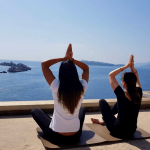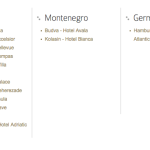December 11, 2017 – Croatia has a long history of spa tourism, with some of its spa towns dating back to the Romans. It is a sector of tourism which is very much on the rise, as TCN discovered on a visit to award-winning Villa Magdalena in Krapinske Toplice, home to the sixth-healthiest waters in all Europe. And much, much more.
Having spent most of my 15 years in Croatia on the idyllic island of Hvar, continental Croatia has always been something of a mystery to me. I knew about the lovely town of Varazdin and the majestic castle of Trakoscan, and that Slavonia was the home of kulen. And apart from that, apart from the capital Zagreb, anything north of Karlovac was something of an unknown.
Moving to a village near Varazdin a year ago has given me a much better perspective, and you can get a taster of the magic of continental Croatia from my recent article, 25 Reasons You Should NEVER Visit Continental Croatia. After more than a decade of living on a Dalmatian island, where every journey began with a 2-hour ferry to Split, the novelty of being able to jump into a car without consulting a ferry schedule and be in a number of enticing places within an hour, has still to wear off.
And so it was last weekend that we decided on a family weekend to Krapinske Toplice, as guests of the award-winning Villa Magdalena, a 4-star boutique spa hotel which is initiating a mini-tourism revolution far from the more fashionable Adriatic coast.
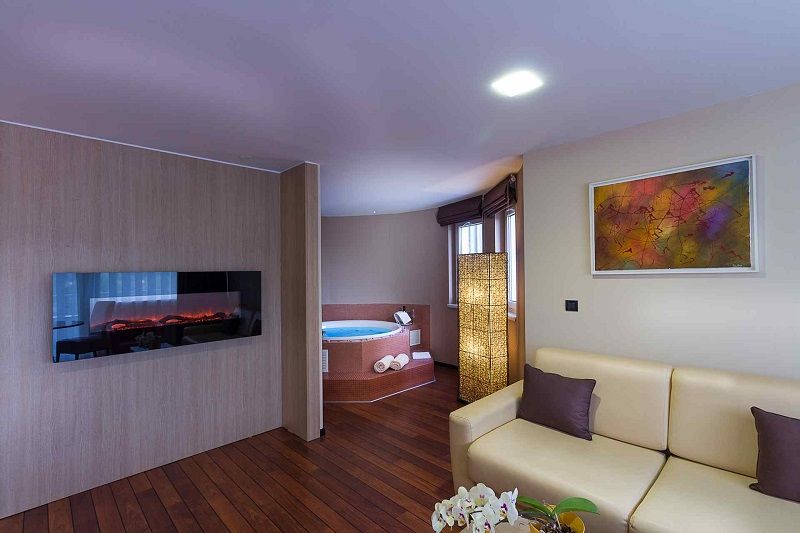
One of the lesser-known facts about Croatian tourism is that it is home to the oldest organised tourism in Europe, dating back 149 years to the island of Hvar, with the founding of the Hvar Health Society in 1868. Today one of the ten most beautiful islands in the world and the sunniest in Europe, whose beaches are full in the summer with tourists from all over the globe, Hvar used to be known as the Austrian Madeira for its temperate climate, and the island attracted a much greater percentage of tourists in the winter months than it does today. You will be hearing much more about this next year, as Hvar celebrates 150 years of organised tourism in Europe, with its origins as a Croatian wellness destination.
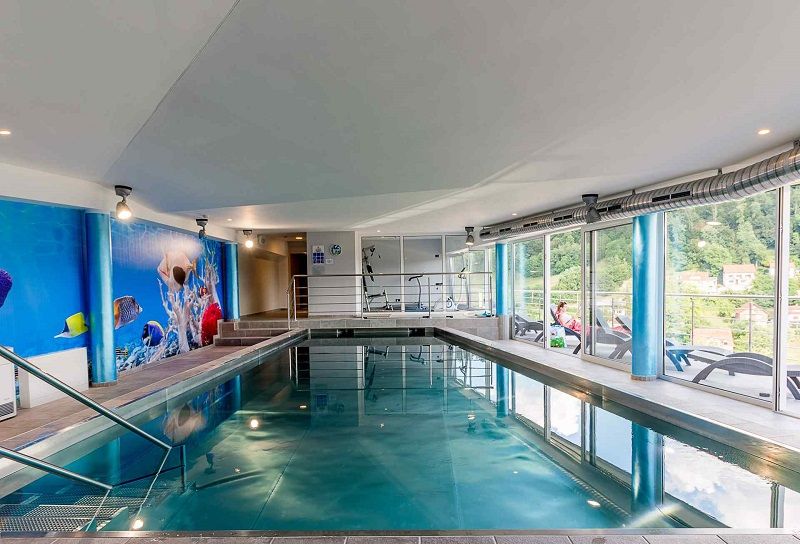
The wellness tradition goes back much further in Croatia, and the healthy spa waters of several destinations date back to the Roman times. Among those is Krapinske Toplice, a small spa town with a big history, which lies west of Zagreb close to the Slovenian border. Rather than reinvent the wheel, I shall refer to the history section of the Villa Magdalena website:
Judging by the Roman coins found in this area, Krapinske Toplice were known in Roman time as “Aquae vivae”, living water. The first written record of the springs dates from 1772. when there were 3 hot springs and during the next few years here were built 3 more baths (Gospodska, Dubrava and Rukavina bath).
The golden age of health tourism for Krapinske Toplice started in the 2nd half of the 19th century, from 1859, when Jakob Badl bought existing baths and 3 new baths (Jakob, Maria and Folk bath) and a hotel, restaurant and spa were built. Jakob Badl also built the park and planted the chestnut alley and thereby created a pleasant promenade from the bath building (Kurhaus) to the restaurant “Bellevue” on the other side of the alley. This was the way Jakob Badl expressed his gratitude for being healed by sciatica in this healing hypo-thermal water and determined the development of Krapinske Toplice (Krapina Spa) as spa, which was popular place at the time for recreation and health care of Austro-Hungarian elite.
In the 1950s, the modern era of the development of health tourism began. The hospital department for rheumatic diseases and rehabilitation was founded and grown into Special hospital for medical rehabilitation, one of the most important rehabilitation centre of its kind.
With such a reputation, in the latter part of the last century, private investors were attracted and the following were opened: Magdalena- Clinic for Cardiovascular diseases, Clinic for hemodialysis Vita and Akromion-Special hospital for Orthopaedics and Traumatology.
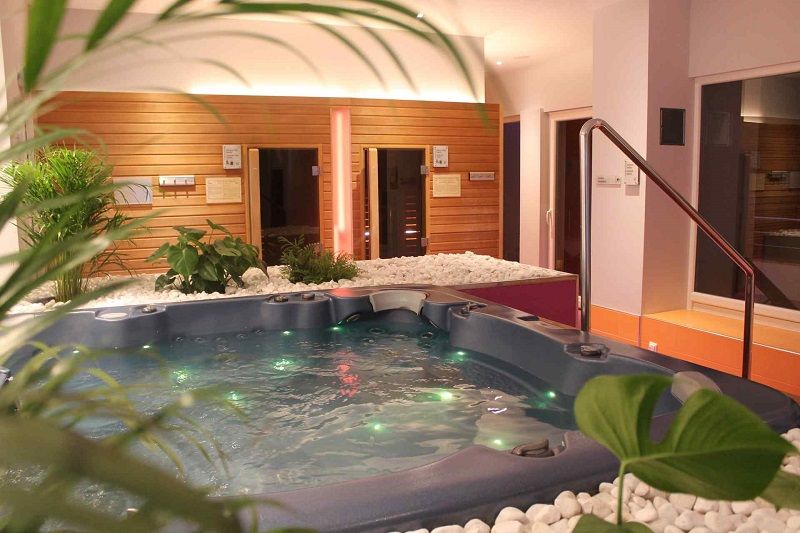
Then came the regional war in the 1990s, and the hotel beds were filled not with health tourists, but refugees and the internally displaced from the conflict. They stayed for some time after the war, and the main hotel emerged a shadow of itself. Worse, Krapinske Toplice had four large swimming pools, which were an essential part of the rehabilitation process. A businessman bought the main hotel and the pools and determined to build a luxury aquapark to match the historic splendour of Krapinske Toplice. Sadly, financial difficulties prevented a seamless transformation in the town’s fortunes, and it was some 13 years before the aquapark was opened, and only after the main hotel was sold to continue aquapark construction.
Meanwhile, something rather remarkable happened, as it does in the modern Croatia. A young and motivated Croatian entrepreneur, who saw an opportunity and gap in the market, decided to try his luck. And so Villa Magdalena was born.
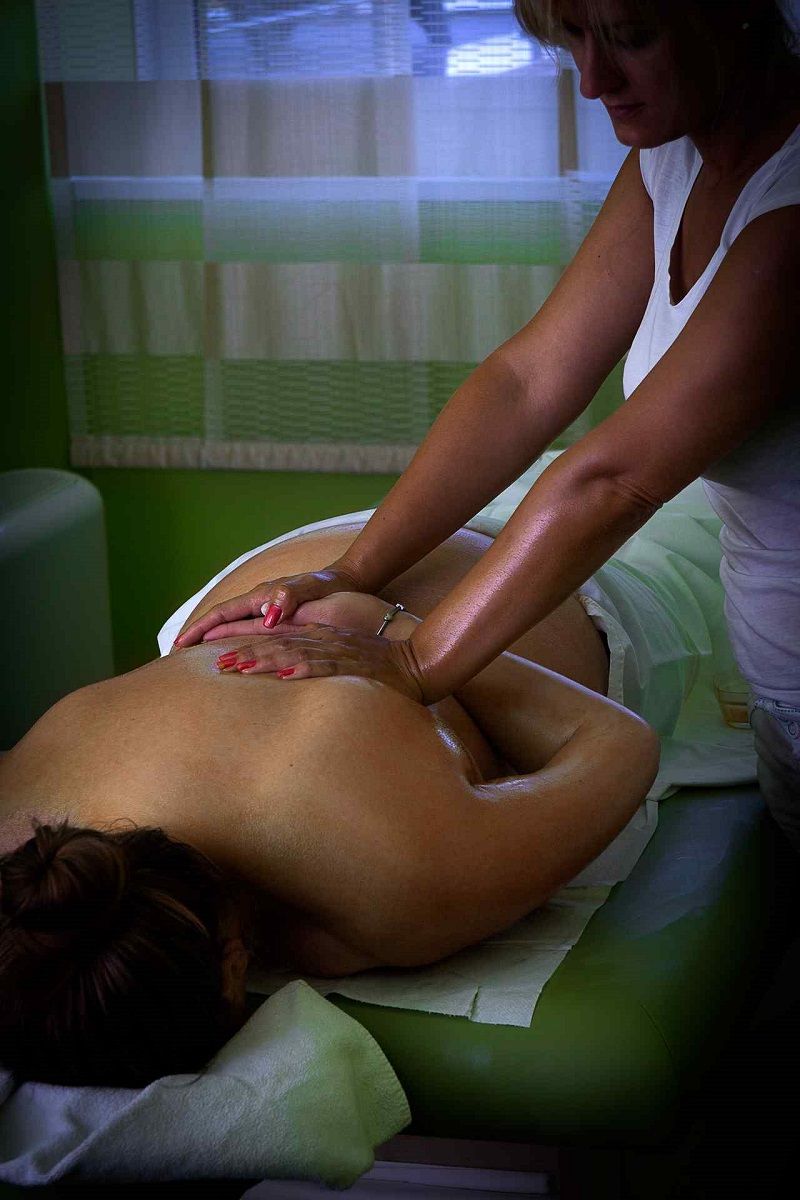
An IT graduate from Vukovar, Ivan Petrovic and his parents saw an opportunity. Traditionally, health tourism has focused only on the older generation. The Petrovic family had travelled around Europe, seen new trends and saw a new way for Croatian wellness tourism – cater to the traditional older wellness guests, of course, but also embrace the trends of the rest of Europe by offering luxury wellness packages to a younger generation in search of relaxing escapes from the pressures of the modern. They bought land, built a small boutique spa hotel in 2009 and entered the Croatian hospitality. By 2011, Villa Magdalena was named the best hotel in all continental Croatia, an accolade which was repeated in subsequent years. With an astonishing occupancy rate of 81%.
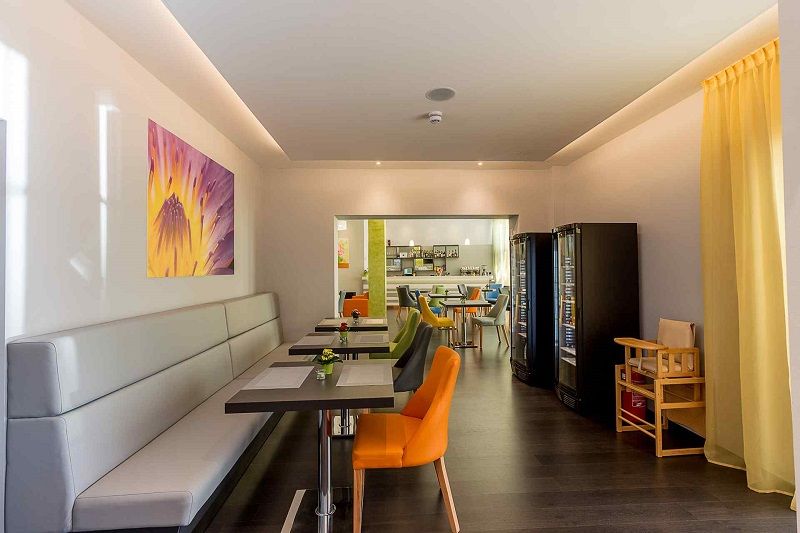
A jacuzzi in each room was just one of the luxuries at Magdalena, the hotel boasted saunas, pools and massages among its upscale offer, but what is a boutique hotel without quality food?
And here too this mini-marvel set the world alight in the region. Knowing exactly who he wanted to run the kitchen, owner Petrovic cast his net rather wide – as far as Tokyo in fact – to get him man, a man who was brought up in Krapinske Toplice and was a very accomplished chef.
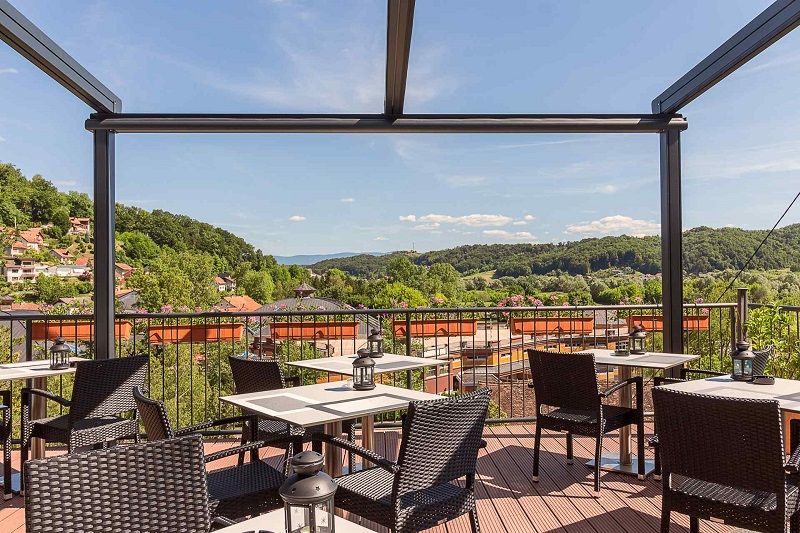
It was a real pleasure to meet chef Mislav Bozic, the first chef in the first Croatian restaurant in Japan, and a very accomplished chef before and after that.
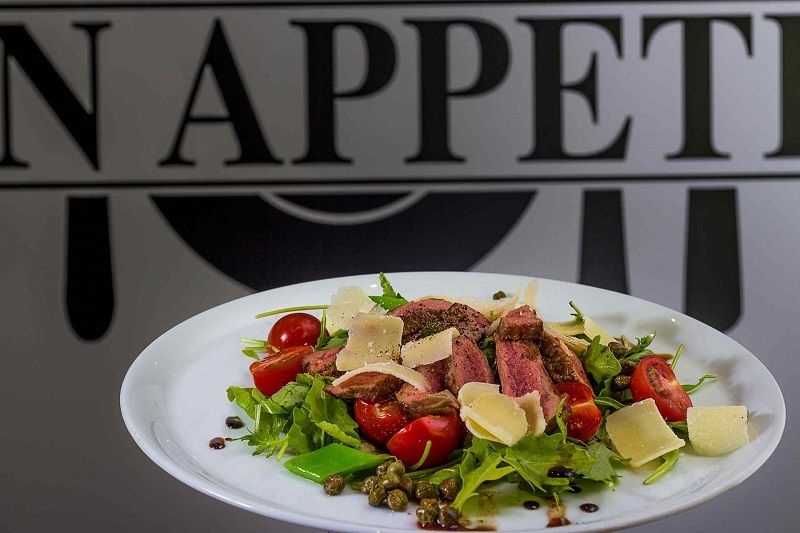
You can read more about Mislav’s story in this article I wrote last week. As for the quality of his food, I will leave that for you to decide.

Or perhaps not. Just check out the awards Mislav’s restaurant has won in the 8 years of existence – best restaurant in all continental Croatia for three of those years with Jutarnji’s Dobri Resorani, for example. The best restaurant in the region, located in the best hotel in the region, in the spa town with the 6th-best spa waters in all Europe. Are you beginning to get the picture of what is waiting for you just 40 minutes west of Zagreb?
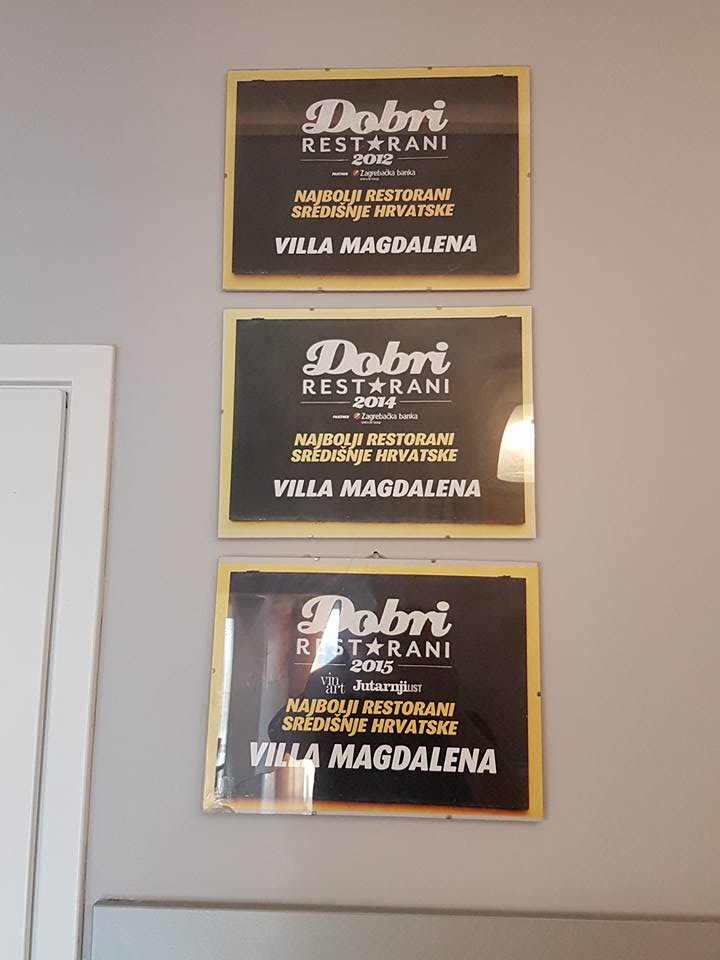
And that is when the conversation in my morning chat with Ivan really surprised me. I assumed that Zagreb was his main market, with affluent locals from the capital making the VERY short journey for a chilled weekend, but no. The main sources of guests at the moment are international – Italy, Slovenia, Hungary and Austria – who are taking of the substantially cheaper prices for similar quality in their countries. And the main domestic clients come from Dalmatia, Kvarner and Istria. But not Zagreb. Strange.
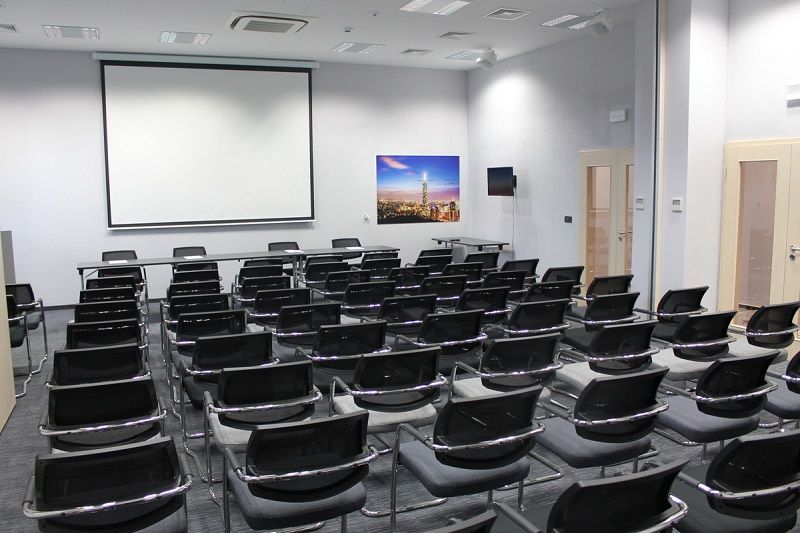
Since that initial small hotel in 2009, Ivan has expanded, investing more than 2 million euro in extending the hotel into its present form, which also includes impressive conference facilities.
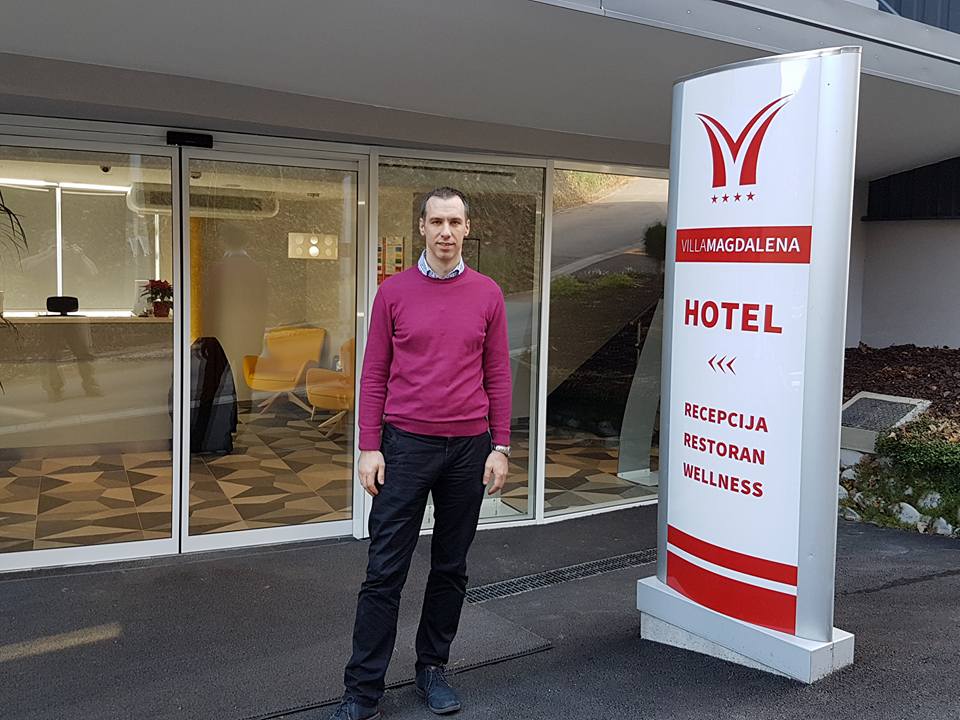
An impressive young man, and one who I very much enjoyed meeting, and one who is part of the new generation of Croatian entrepreneur, who is determined to succeed in this difficult business environment, despite the struggles. The latest in a number of impressive young Croats who give me hope for this country.
The arrival of Villa Magdalena has been great news for Krapinske Toplice, and the good hotel news looks set to continue, as a Chinese company has bought the main hotel, which they will be renovating next year into a 200-room 4-star hotel. Are the glory days of spa tourism at Krapinske Toplice about to be restored?
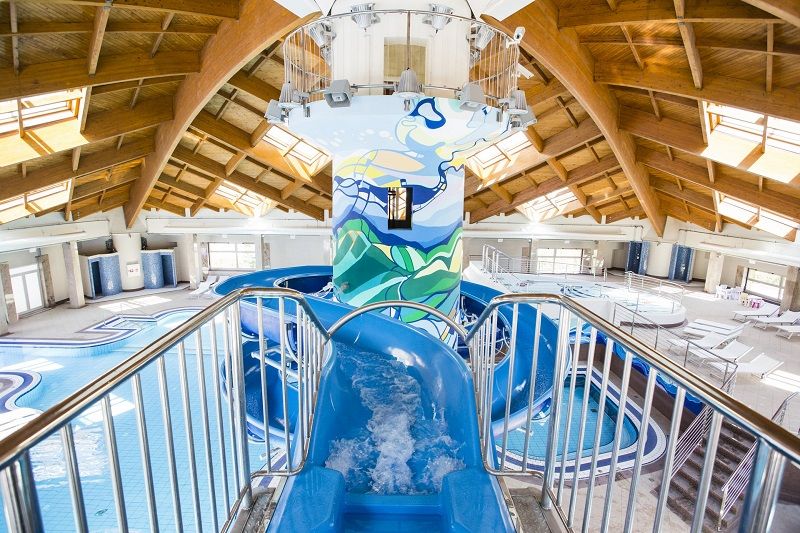
If Villa Magdalena existed in isolation, it would still be mightily impressive, but it doesn’t – it has some fabulous attraction for all types of visitor.
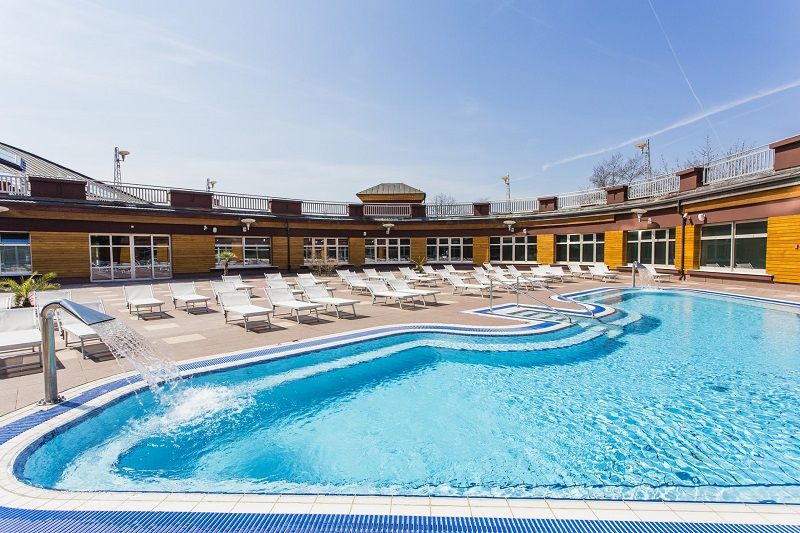
The aquapark is finally finished and open to the public – inside or outside, 12 months a year.
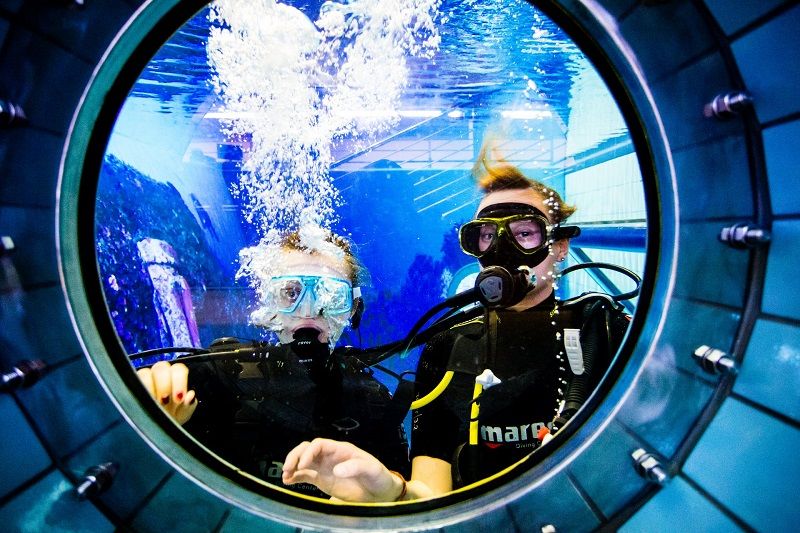
With some cute facilities for the little ones, including their first scuba diving experience.
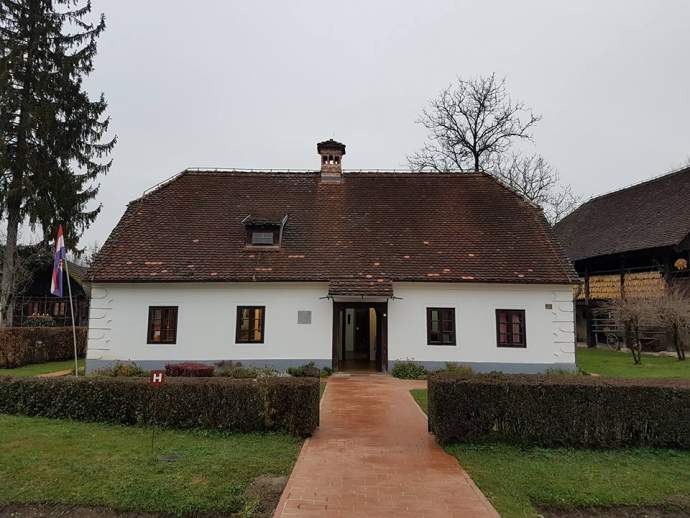
And three very interesting, and very diverse, tourist attractions for those staying for a couple of days. Love him or loathe him, one can’t escape the legacy of Tito, and a visit to the village of his birth in Kumrovec was fascinating.
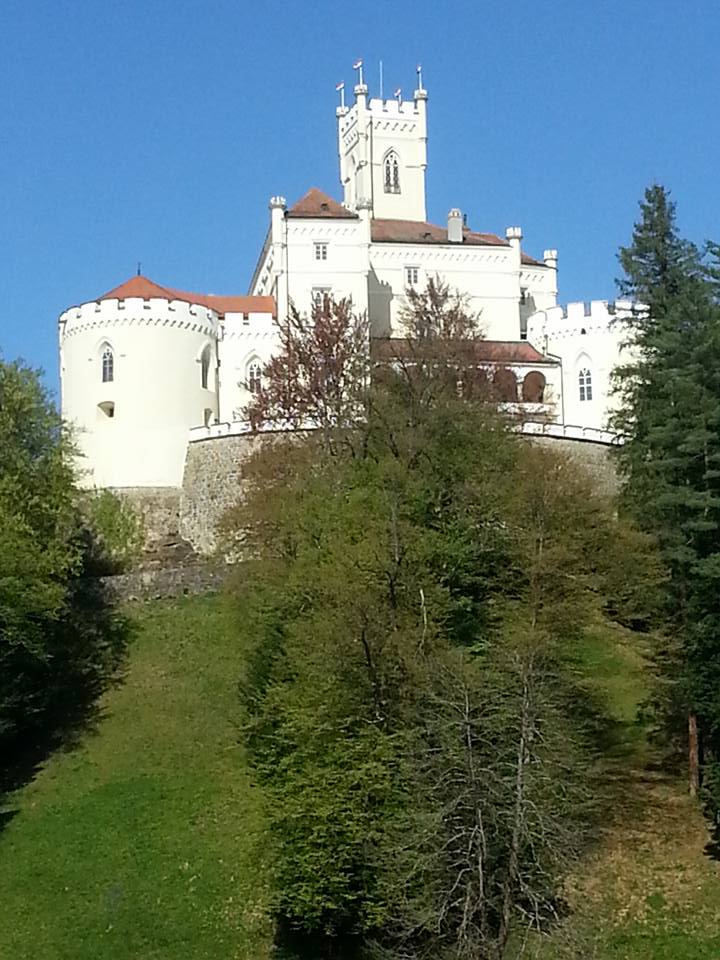
Or one of my favourite places in all Croatia – fabulous Trakoscan. Find out why here.
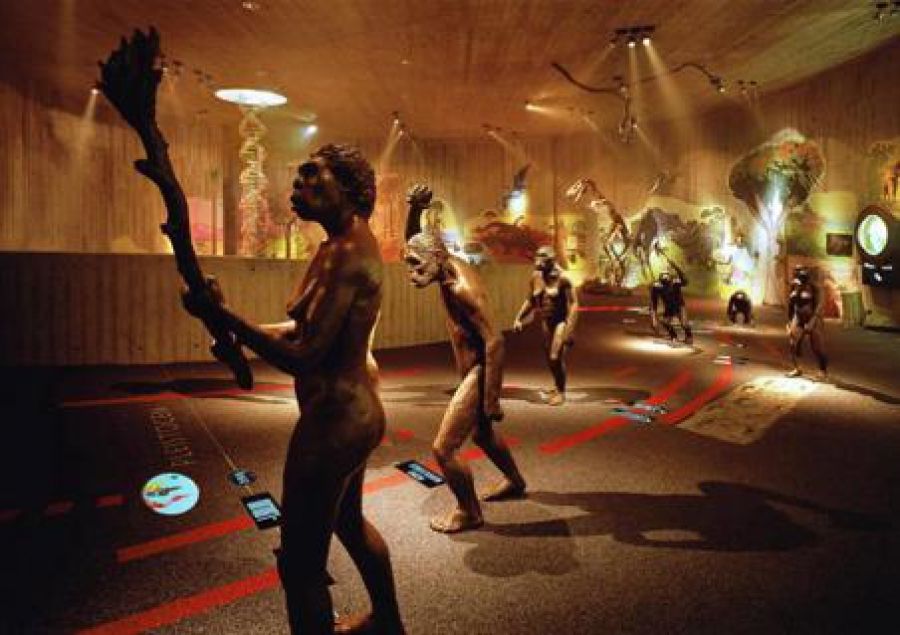
Or the place were it all began – the nearby Krapina Neanderthal Museum.
A truly fabulous experience in Croatian wellness hospitality experience, for a price that might surprise you.
Learn more about Villa Magdalena on the official website, and check out a recent vlogger’s visit below.


